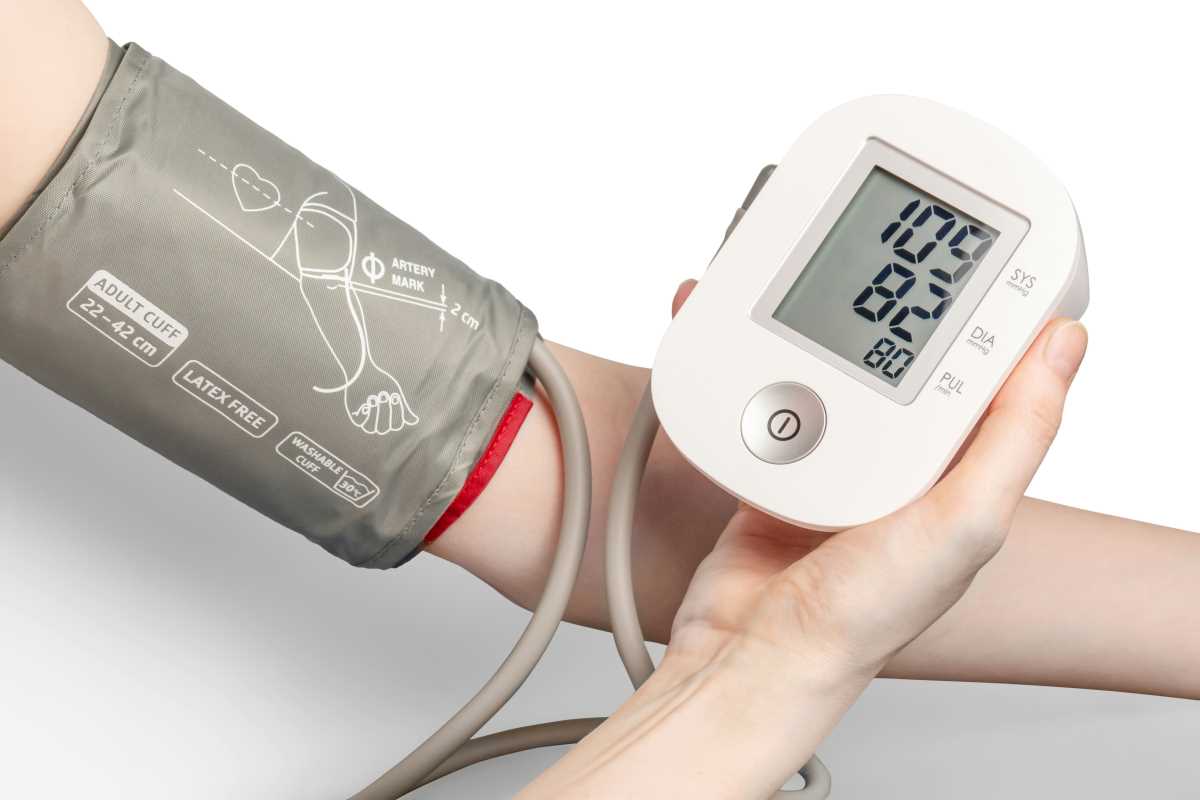Being diagnosed with prediabetes doesn’t mean you’ve lost the game; it’s more like a wake-up call from your pancreas. The good news is, with the right dietary adjustments, you can turn things around and even prevent the progression to type 2 diabetes. It all starts with how you think about food and, more importantly, how you approach your meals. Below, we’ll explore practical ways to fine-tune your eating habits, so you can manage prediabetes like a pro.
Cutting Back on Sugar Without Feeling Deprived
Sugar not only tempts your taste buds but also wreaks havoc on blood sugar levels when consumed in excess. Reducing your sugar intake is one of the most effective ways to manage prediabetes, but it doesn’t have to mean saying goodbye to life’s sweet pleasures. It’s all about swapping, not sacrificing.
Start by identifying hidden sugars in everyday items like pasta sauces, salad dressings, and even “healthy” snacks like granola bars. Opt for unsweetened alternatives and learn to love the natural sweetness of whole foods like fruits. Craving dessert? Go for a piece of dark chocolate or a homemade treat made with natural sweeteners like monk fruit or stevia. The idea is to enjoy sweets as a treat, not a routine.
The benefits go far beyond stabilizing your blood sugar. Cutting back on sugar also reduces your risk of energy crashes, weight gain, and inflammation. Plus, you’ll likely find your taste buds adjusting over time, making overly sugary foods less tempting.
Finding Balance with Macronutrients
Carbohydrates tend to get a bad rap in the world of prediabetes, but they aren’t the enemy. It’s all about how you balance your plate with macronutrients. Pairing carbs with proteins and healthy fats can help slow the absorption of glucose, preventing those sharp spikes in blood sugar.
For instance, swapping white rice for quinoa and pairing it with grilled chicken and avocado creates a nutrient-dense meal that fuels your body without overwhelming your blood sugar. Similarly, adding a handful of nuts to a piece of fruit creates a balanced snack that sustains energy longer. Think of it as teamwork for your insides, protein, fats, and carbs working together to keep things steady.
Learning about portion sizes for each macronutrient can help you create meals that satisfy hunger while keeping your blood sugar steady. When in doubt, aim for a colorful plate with a mix of lean protein, healthy fats, and fiber-filled veggies. Balance isn’t just the key to life; it’s also your secret weapon for managing prediabetes.
Harnessing the Power of Portion Control
It’s not just what you eat that matters but also how much. Portion control plays a vital role in managing prediabetes, as eating in excess, even the healthy stuff, can make your blood sugar skyrocket. The key is learning to listen to your hunger cues and serving up portions that satisfy, rather than overwhelm, your body.
One easy way to practice portion control is by using smaller plates and bowls. It tricks your brain into thinking you’re eating more than you actually are. Another method? Dividing your plate into portions, dedicating half to non-starchy vegetables, a quarter to lean protein, and the final quarter to complex carbs like brown rice or sweet potatoes. It’s like a cheat code for balanced eating.
Here are practical ways to master portion control:
- Measure or weigh food until you’re familiar with serving sizes.
- Eat slowly to recognize fullness signals.
- Serve snacks in small dishes instead of eating directly from the package.
- When dining out, split large meals into two, saving the rest for later.
- Avoid distractions like screens during meals to stay mindful.
Over time, portion control becomes second nature, helping you maintain consistency without feeling deprived. By learning the “just right” amount for your body, you can keep your blood sugar in check while truly enjoying your food.
Timing Meals to Maintain Steady Blood Sugar
The timing of your meals is just as significant as what’s on your plate. Skipping meals or going long stretches without eating can cause dips and spikes in blood sugar levels, making it harder for your body to regulate insulin. A consistent eating schedule helps smooth out these fluctuations and keeps you energized throughout the day.
Instead of three large meals, consider eating smaller, well-balanced meals every three to four hours. This approach stabilizes blood sugar while preventing those “hangry” moments. For example, starting your day with a high-protein breakfast like an egg and veggie scramble sets a steady tone for the rest of the day. Add in a nutrient-dense lunch, a balanced snack like an apple with almond butter, and a satisfying dinner, and you’re good to go.
It’s also helpful to stop eating a few hours before bedtime. Late-night snacking can interfere with your body’s natural glucose management overnight, disrupting your fasting blood sugar levels come morning. By fine-tuning when you eat, you’re setting up your body for greater success in managing prediabetes.
Choosing Foods with a Lower Glycemic Index
Not all carbs are created equal, and the glycemic index (GI) is here to prove it. This handy tool measures how quickly a carbohydrate-rich food impacts blood sugar levels. Foods with a lower glycemic index release glucose more slowly into the bloodstream, making them ideal for prediabetes management.
Low-GI options include non-starchy vegetables like broccoli and zucchini, whole grains such as barley and quinoa, and legumes like lentils or chickpeas. Even fruits have their nuances, with options like berries and apples offering a lower GI compared to bananas or watermelon. The goal is to swap high-GI ingredients for their lower counterparts. For example, enjoy whole-grain bread over white bread or swap mashed potatoes for mashed cauliflower.
Here’s why this adjustment matters. Eating low-GI foods doesn’t just regulate blood sugar; it also keeps you fuller longer and prevents those untimely energy crashes. Think of it as investing in foods that give you a steady return, rather than a fleeting sugar rush followed by a slump.
 (Image via
(Image via





